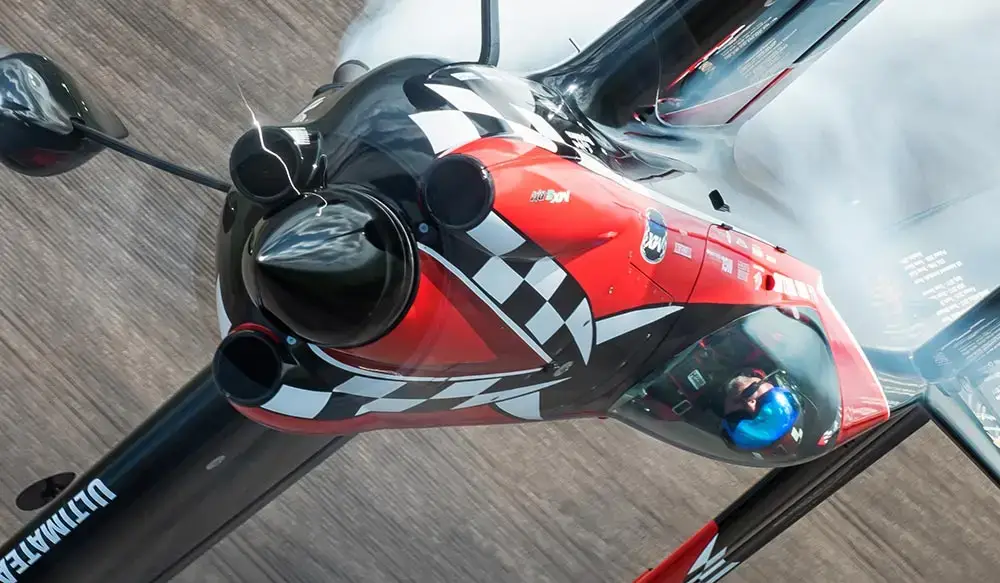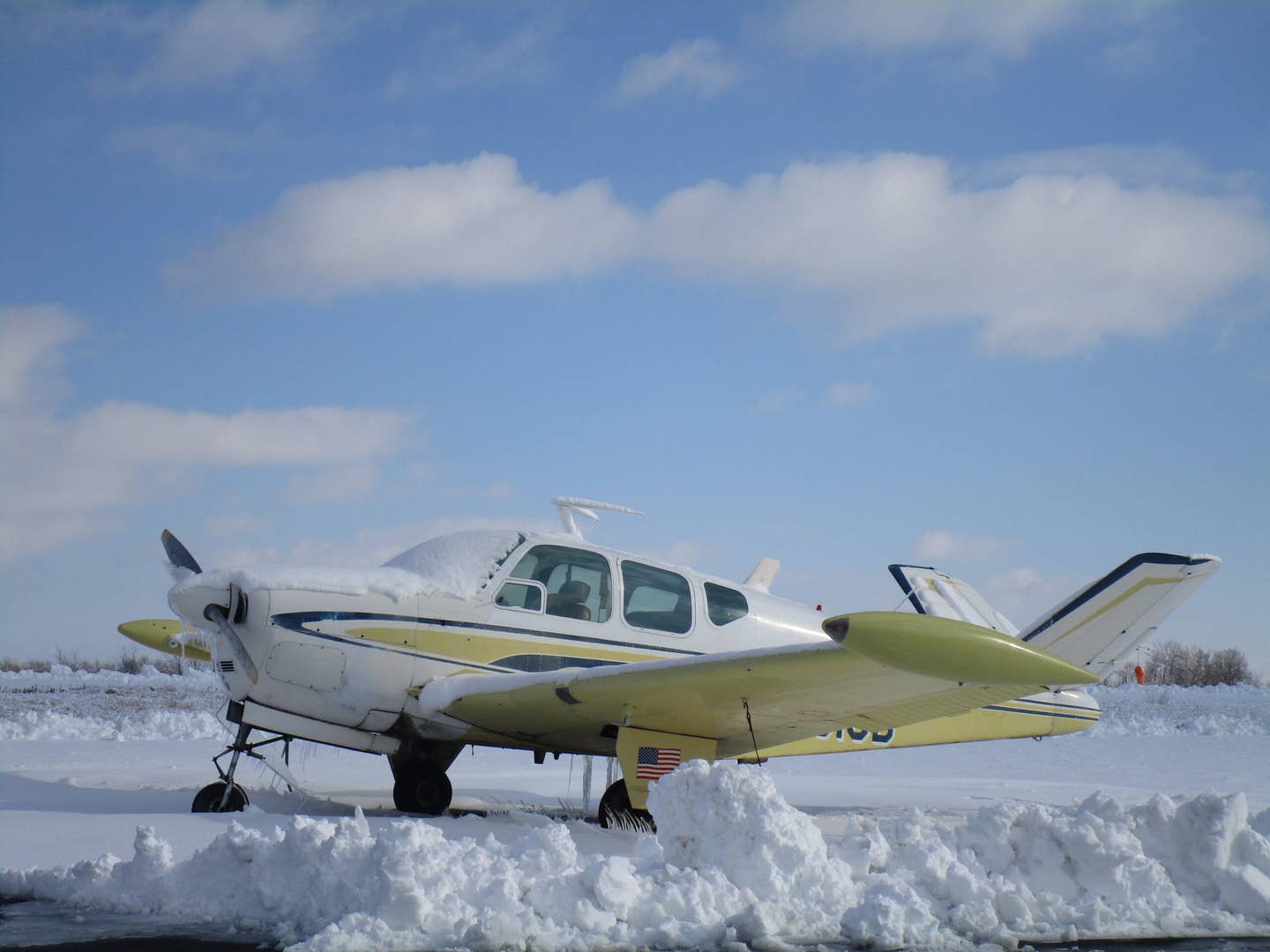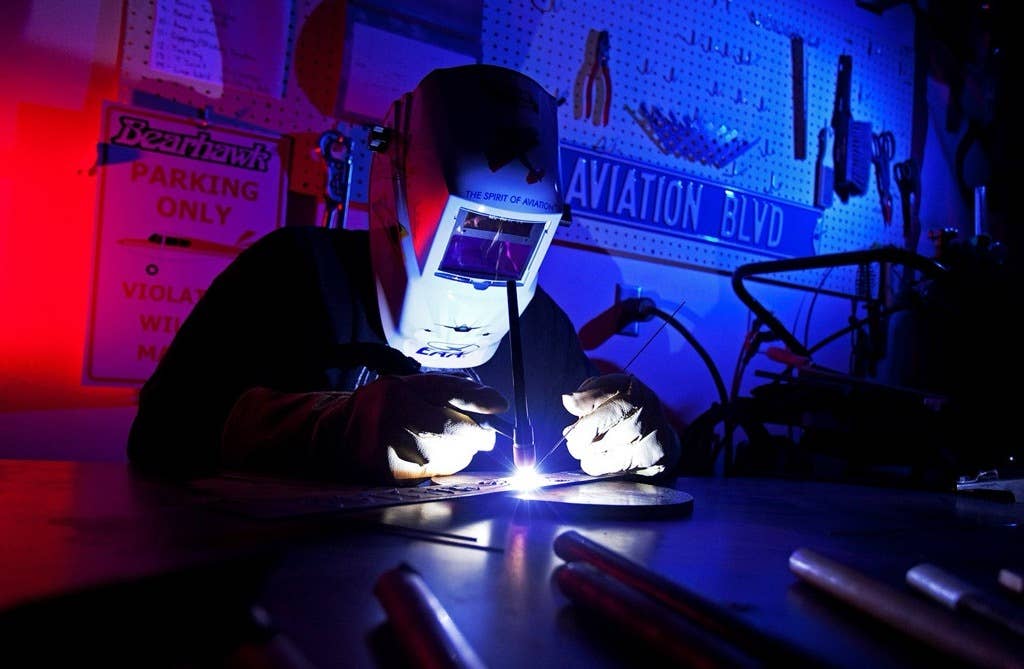And Then This Happened: Nine Ground-Breaking Aviation Innovations
The history of aviation is a story of huge leapsâlike these nine ground-breaking inventions.
As the evolutionary biologist Stephen J. Gould wrote, the evolution of organisms doesn't happen in a linear fashion but, rather, in fits and starts. He called this theory "punctuated equilibrium," and it is widely accepted today. The theory also holds true for aviation. While the big changes aren't random, as they are with biological evolutionary changes, and while they are dreamed about long before they come to pass, big leaps in aviation have had a dramatic effect on the future of flight, and in ways that we can only fully understand after the fact. Here are some of technologies that have driven profound changes in aviation, how they came about and how they impacted the very face of flight.
1. Rockets
Rockets. While rockets using black powder predate 1,000 C.E., when early chemists in China chanced upon the substance, the development of a really useful rocket engine happened in the 1920s. After that, the technology took off, largely thanks to developments in the United States, where Robert Goddard used a more effective nozzle technology to vastly improve the power and, hence, usefulness of rockets, which would eventually propel spacecraft and take people to the moon. Rockets have also powered the fastest and highest-flying airplanes, including the first to achieve Mach 1 in level flight, the Bell X-1.
2. Control Interface
On that chilly December day in 1903 when the Wrights' Flyer launched on that famous first 12-second journey, Orville, the world's first PIC, operated a very different set of controls than we're used to today. Instead of a single integrated mechanism to give the pilot control of two of the three axes of flight (pitch and roll), while lying flat on his belly, he operated the elevator lever with his left hand, and the wing warping, for both bank and yaw, with his hips. The Wrights were making progress backward, as it turned out. By 1903, there was already a single control interface, designed by Austrian Wilhelm Kress, that mixed the input for pitch and roll in a way that would be intimately familiar to modern pilots. Indeed, regardless of how they're implemented, modern controls, whether center or side stick, yoke, control column or side yoke, pretty much do the same thing in slightly different ways, and Kress had it figured out by the turn of the century---the last century, that is.
3. Ailerons
Speaking of controls, the fiendishly complicated aileron, French for "little wing," predated the Wrights by around 35 years. In theory, the interconnected control surfaces, one on each wing's trailing edge, deflect airflow in order to bank the aircraft (though in practice it's a little more complicated than that). Despite the prior art (mentioned above) a few years after they first flew the Flyer, the Wrights successfully patented the concept of banking control and sued numerous aircraft makers who, well, everybody who made airplanes, as the Wrights' patent made developing planes of most imaginable control mechanics impossible. The patent required rivals to pay the Wrights exorbitant fees for the license. Aviation pioneer Glenn Curtiss came up with the hinged aileron in response, and eventually the brothers set more reasonable use terms.
4. The Modern Fuselage
Even today, the fuselages (the body of the aircraft, to use an automotive term) of some aircraft in production rely on a primitive structure, a skeletal frame with a covering skin, one type of which is often referred to as "tube-and-rag," for the metal tubing that makes the structure and the treated cloth covering it. The skin itself isn't really necessary. Many ultralight and light-sport aircraft skip the skin part altogether and fly with bare tubing. But by as early as the mid-1910s, a more modern design emerged---the monocoque fuselage, a design in which the skin itself is a structural member. We think of today's modern aircraft, like Cessna singles and twins, as having "monocoque" fuselages, but in truth they're semi-monocoque designs because the skin, while serving as a critical structural element, is supported by an internal skeleton. There are true monocoque designs (or close to it) flying today, including Cirrus aircraft, which can largely skip the internal supports due to their inherently stiff composite (fiberglass and/or carbon fiber) skins.
5. Opposed, Air-Cooled, Direct-Drive Piston Engine
The history of the aircraft engine is a busy one, with numerous successfully fielded types, everything from electric motors to rockets. There are turbojets, turbofans, turboprops, V-configuration engines (like the famous Allison and Packard models of WW-II fame), in-line versions, rotary models (in which the cylinders turn with a single shaft) and radial models, with fixed cylinders arrayed in a ring. But by number, the most important engine design by far is the opposed, air-cooled gas piston engine. This design, developed in the 1800s for boats, is perfect for airplanes, as it allows for big cylinders, air cooling (though single-row radials are superior in this characteristic), balanced operation and a single propeller drive shaft that turns at relatively slow speeds for optimum propeller efficiency. By the 1930s, engines of this design had supplanted radials and inline engines in most light GA applications, and by the end of World War II, they were the de facto standard in light planes. The two most successful manufacturers, Continental and Lycoming (the two most famous names in light aircraft engines), have each produced hundreds of thousands of opposed, air-cooled gas piston aircraft engines for light aircraft.
6. Pressurization
By the early 1800s, balloons were making ascents so high that today's regulations would require the crews to use supplemental oxygen. But making a practical pressurized gondola was complicated, so attempts were largely abandoned in favor of what we now think of as spacesuits. Airplanes were slower to mature. In fact, for a quarter of a century after the Wright Brothers' first flight, few gave much thought about pressurizing the cabins of light planes. They simply didn't fly high enough to warrant it. But as engine technology advanced and planes could fly to altitudes without enough oxygen for a human to survive, the need became clear. The first successful flight of a plane with a modern pressurized cabin was in 1921, when an American test pilot flew a Dayton Wright USD-9A equipped with an experimental pressurized cockpit. The first commercial pressurized airliner, the Boeing 307, wouldn't emerge until 1938, though only 10 were built. During World War II, the high-flying Boeing B-29 had a pressurized flight deck, and by the late 1940s, pressurization became the norm, with aircraft like the Lockheed Constellation and the star-crossed de Havilland Comet being among the first aircraft in their class with pressurized cabins.
7. Instrument Flying
At the birth of powered flight, it wasn't at all obvious that some day airplanes would need to figure out the complications that clouds present. But before long, looking at clouds and the complexities that both sides of them presented was an issue pilots couldn't ignore. As cross-country flights became a thing, aviators had to figure out how to get around them, which is how scud running was born. It was also how dying while trying to scud-run was born. But what were the options? What about flying in the clouds? That was the crazy idea a few visionaries, including the future air racing champion and war hero Jimmy Doolittle, came up with. It was in 1929 that Doolittle first flew a plane solely by reference to the flight instruments, which were largely invented for just this purpose. Today, we assume the planes we fly can be flown in instrument conditions, thanks to the work of Doolittle and others nearly 100 years ago now.
8. Swept Wings
With the invention of No. 9 on our list, the aircraft jet engine, planes got faster and faster until designers had to reckon with what was and still is popularly referred to as "the sound barrier." Pilots take delight in making fun of this term, but in many ways it's accurate. By the early part of the 1940s, propeller-powered aircraft were already pushing the limits of subsonic flight, and aeronautical engineers had figured out that propellers, because of aerodynamic limits on how fast they can spin, were one of the big hurdles. Jet engines, they correctly reasoned, would solve that issue. The other problem was wing design. So wings themselves were soon given very smooth flow (laminar) wings to help them maintain lift. At speeds approaching the speed of sound, wings also encountered controllability issues due to the compressibility of the air. By the mid-1930s, German engineers were pioneering very fast swept wing aircraft, like the Messerschmitt Me 163 Komet, which started seeing action near the end of WWII and was the fastest airplane in the world for nearly 10 years. Ultimately, the combination of effective laminar flow airfoils and swept wings allowed fight speeds to advance from around 600 knots to better than Mach 2 (around 1,350 knots) in the matter of a few years.
9. Turbojet/Turbofan
In some ways, these are two separate breakthroughs. By the mid-1930s, designs that incorporated all major concepts and components of modern turbojet engines were being developed independently by Frank Whittle in England and Hans von Ohain in Germany. Before the end of the war, there were a handful of jet aircraft that entered production, but only the Me 262 was produced in any numbers. But by the war's end in 1945, jet engine design had come so far that just a few years after the end of the conflict, the fastest piston-engine fighters in the world were obsolete. By the 1950s, with the introduction of the de Havilland Comet, the jet-powered airliners could fly higher, faster and with far greater engine reliability. The introduction of the turbofan engine---ubiquitous in today's air transportation world---improved jet engines in numerous ways, making them orders of magnitude quieter and more fuel efficient than their turbojet predecessors.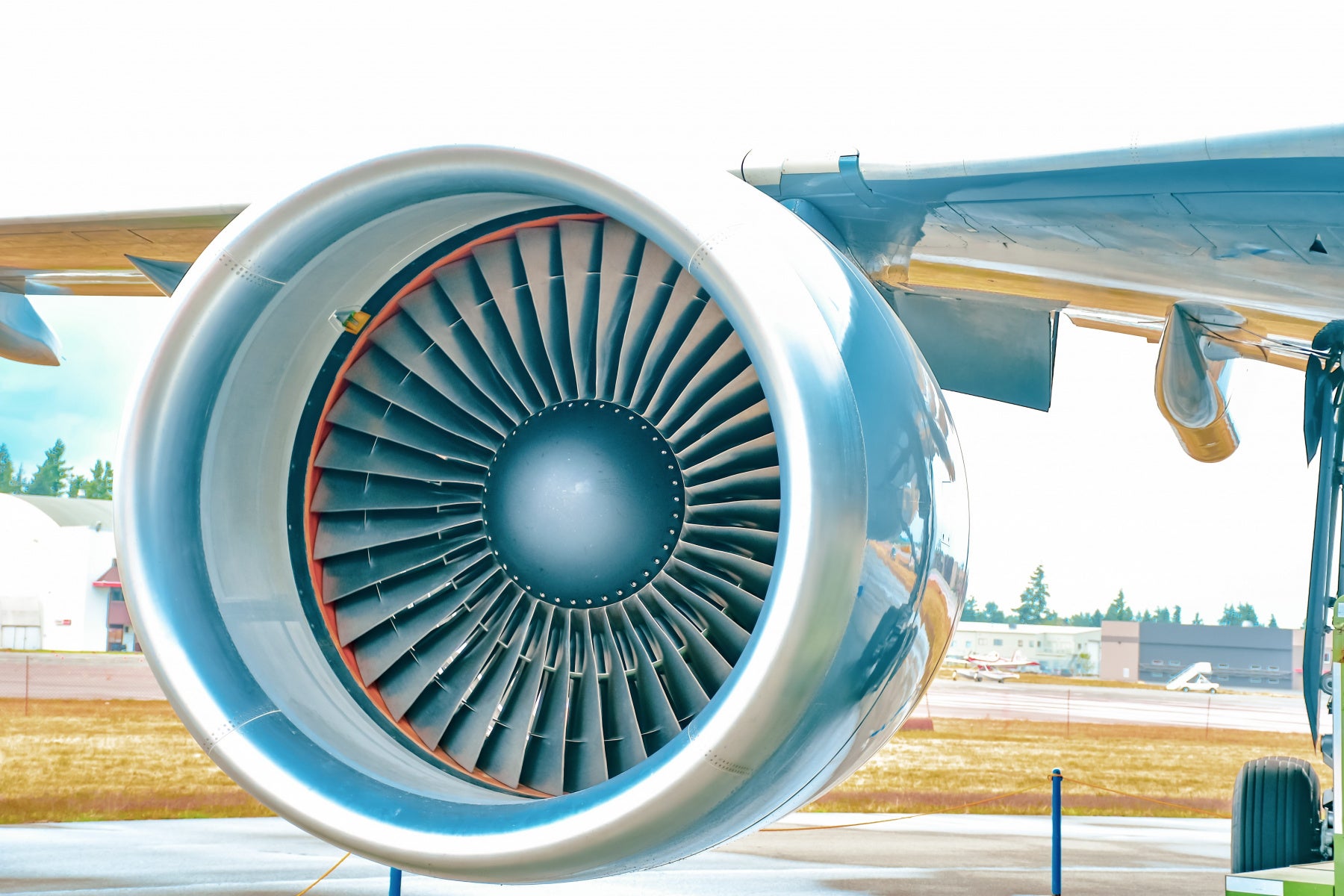
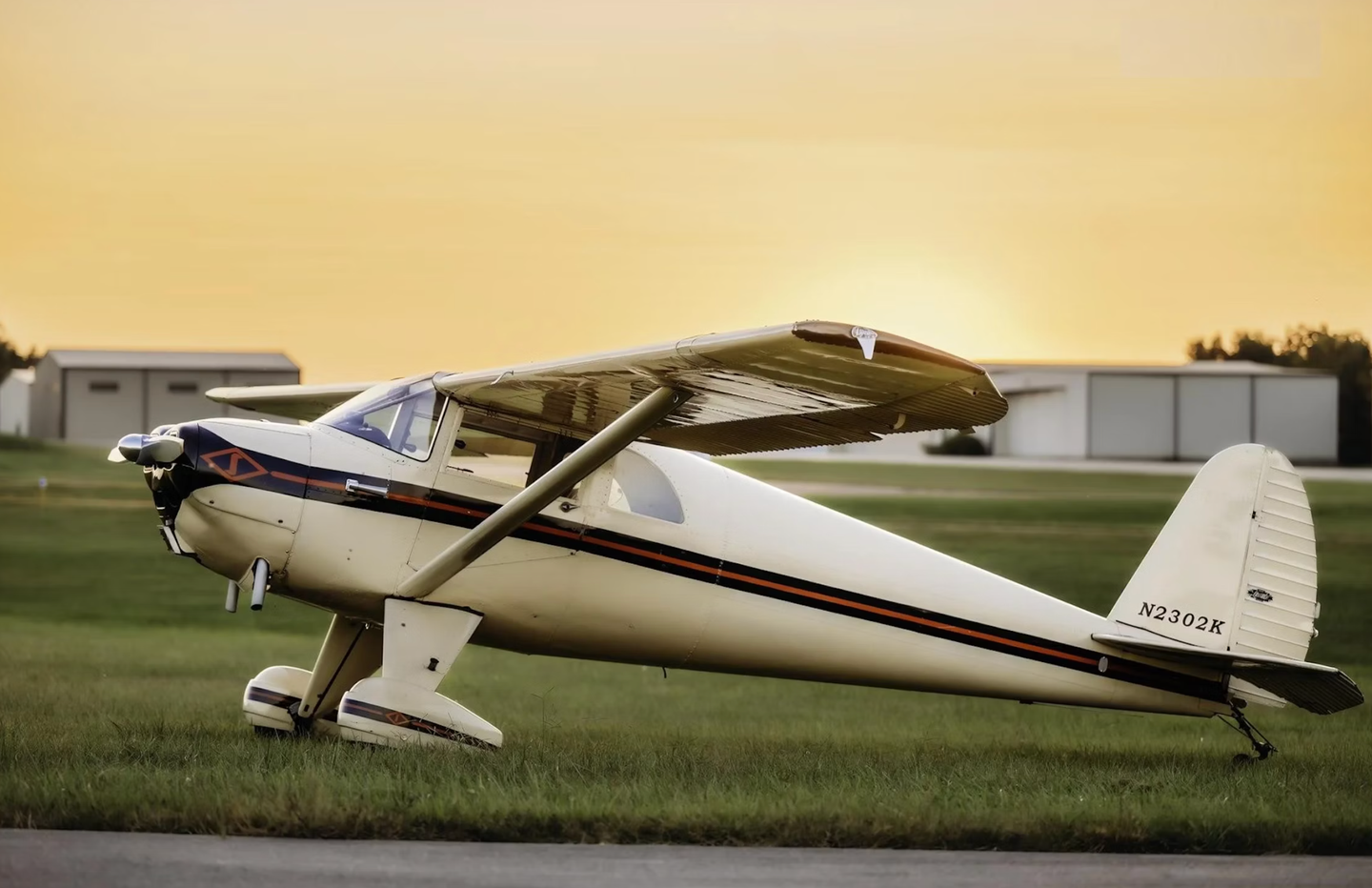
Subscribe to Our Newsletter
Get the latest Plane & Pilot Magazine stories delivered directly to your inbox

